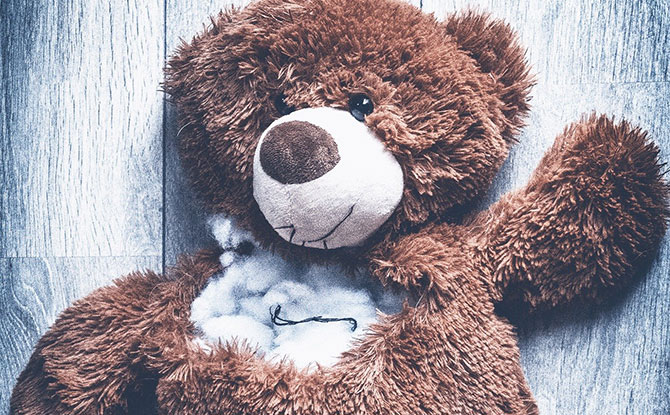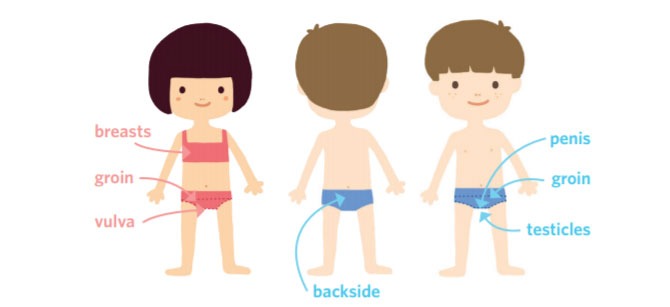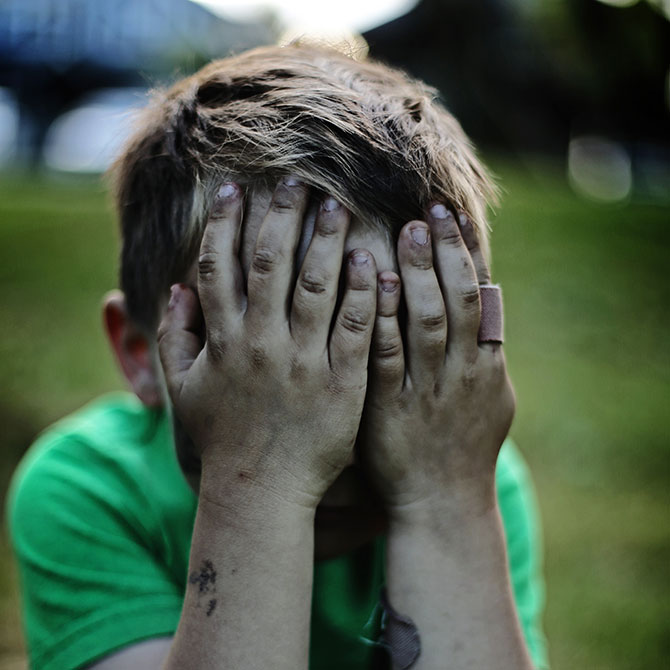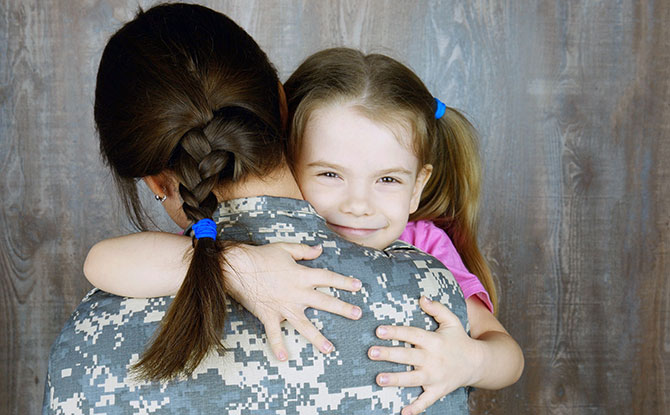
There has been more news in recent years regarding inappropriate touching – be it during gym training, swim lessons or in washrooms. Children are especially vulnerable because of age and ignorance. How can we teach our children to protect themselves and not be victims of molest or abuse?
Ministry of Social and Family Development revealed that in 2018, amongst the 248 sexual abuse cases, almost all involved a family member or relative.
It is worrying that harm can come from the ones closest to the child. Therefore, it is pertinent to educate children how they can protect themselves from inappropriate touching and abuse.
The No-Touch Zones, Good and Bad Touch

Firstly teach your children about no-touch zones.
3 Recycling Adventures: Fun Ideas For Kids & Families
1:1 & Small Group English Lessons: How to Get Personalised, English Help
An easy way of identifying the no-touch zone is the swimsuit rule. Whatever the swimsuit covers is a no-touch zone, i.e. private parts including breasts/chest, buttocks, penis, testicles, groin, vulva. Children should be taught the proper names of their body parts to develop respect for their bodies, and then taught to protect them.
What kind of touch is inappropriate and categorized as abuse? Touching of private parts should be strictly prohibited except in a few scenarios, bathtime by parents or caregivers or medical examinations.
Encourage your child to tell you when they feel uncomfortable with certain touches. Good touches such as a pat on the back or hugs are fine. However if a touch is prolonged, unnecessary and causes discomfort, your child should alert a trusted adult straightaway.
More importantly, parents need to teach children that our bodies belong to us. If it feels awkward or uncomfortable when someone touches it, we can tell him or her to stop. Whether it is kissing, hugging or touching, we have a right to say no to the touch if we do not like it.
Responding to Bad Touch

The tendency to stay silent is common when children receive bad touch. Sometimes, the child is also told to keep quiet about the touch through promises of nice gestures.
Parents and caregivers should be vigilant and refrain from minimal monitoring when children are in the company of others, playing at the playground or a relative’s home.
How should children respond after being in an uncomfortable situation? Saying no is key. Being assertive and saying no to the touch is important.
The child should also walk out of the place and be away from the situation.
Then, the child should tell another adult or a parent about the incident immediately. You can also encourage the child to tell a trusted caregiver and suggest names of people he or she can turn to.
Reiterating the Importance of Body Safety Skills
There are a few ways to reiterate the importance of body safety. For parents with multiple children, there can be scenarios in which siblings wrestle, play resulting in intentional touching of private parts. This should not be allowed as the principle of respecting bodies is key.
Siblings can also be taught to look out for one another, whether it’s interacting with strangers or checking if they are in unsafe or uncomfortable situations.
Teachable moments include bath time and even while commuting via public transport. Parents and caregivers must emphasize touching of private parts can only be during bath time by caregivers or medical staff during check-ups.
In addition, parents can role-play with soft toys or figurines to highlight body safety skills. Ask simple questions such as “Is it ok for someone to touch the toy bear here?”, “What should this doll do when there is a bad touch?” “When someone tells the little boy to take off his shirt or shorts, what should he do?”
Always assure the child that it is ok to speak up and necessary to protect oneself from inappropriate touch. Teach them to say no, even if it could mean being rude in rejecting hugs and kisses from unfamiliar relatives.
Other Resources to Help Parents and Caregivers
There are plenty of resources to help parents and caregivers about touch, body safety and protection. Singapore Children’s Society has a free downloadable Kidzlive handbook here on sexual abuse, symptoms and prevention.
If you would like to report a case of sexual abuse and ask for help regarding possible abuse cases, yo can call MSF Child Protective Services Helpline at 1800 – 777 0000. There are also Child Protection Specialist Centres such as Big Love, Heart @ Fei Yue and Safe Space you may approach.
Let’s Protect Our Children as a Community

Together, let’s empower our children to learn to protect themselves. First by identifying “no touch zones”, respecting our bodies, then saying no and informing a trusted adult about unpleasant situations. Building strong relationships is critical in effective communication between parent and child.
Let’s continue to build the bonds so we can better protect our children together.










![36 Best Museums For Kids In Singapore: A Curated List For Curious Explorers [Updated 2025] 30+ Best Museums For Kids In Singapore: A Curated List For Curious Explorers](https://www.littledayout.com/wp-content/uploads/08-childrens-museum-singapore-218x150.jpg)






